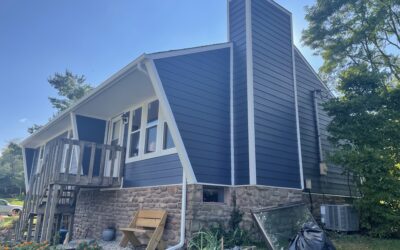Like you, I find this subject overwhelming. And I know a few things already. So to start this blog I started with consumer reports! https://www.consumerreports.org/replacement-windows/buying-replacement-windows-what-to-look-for/
Even this was a lot to take in, so to narrow things down, let’s get to the basics.
Are you restricted to type, style, or material by HOA or historic regulations?
Do you know your color choice? Are you firm or flexible?
Do you have a budget in mind for your windows? Is it a range or firm number?
Are you educated as to the important things to compare all windows against?
NFRC-National Fenestration Rating Council (the energy star of windows)
U-FACTOR: The measure of heat loss from your home through this window. The lowest number is best. Range 0 .2-1.2.
SOLAR HEAT GAIN COEFFICIENT (SHGC): How well this product can resist unwanted heat. Low numbers best. Range:0-1.
VISIBLE TRANSMITTANCE (VT): How well this product is designed to light your home with daylight. The higher the number the more natural light. Range: 0-1.
Air Leakage: How much air will enter the room through the product. Look for low numbers. Range</=.3. (I typically don’t see this on the quotes from our suppliers, it may be on the window stickers. In addition, a good installation is VERY important for air leakage and this is where Blue Star excels!)
https://www.energystar.gov/products/building_products/residential_windows_doors_and_skylights/key_product_criteria
Consider the different window framing materials:
Wood: certainly the most traditional and expensive option. A better insulator than metal but expands and contracts with temperature and humidity. Needs protection from water to prevent rot.
Vinyl: A synthetic nonporous material that lends itself to moldability for special features like chambering and grooves to improve the strength, durability, and insulation of the frame.
Metal: typical aluminum, cheaper but have fewer insulation qualities.
For styles see the product catalogs of our vendors. There are veneers on the inside and outside for the look you want. Two-tone windows, one color inside, one color outside. Put your shades inside your window? Something for everyone.



0 Comments